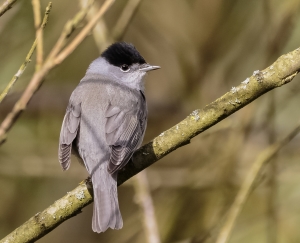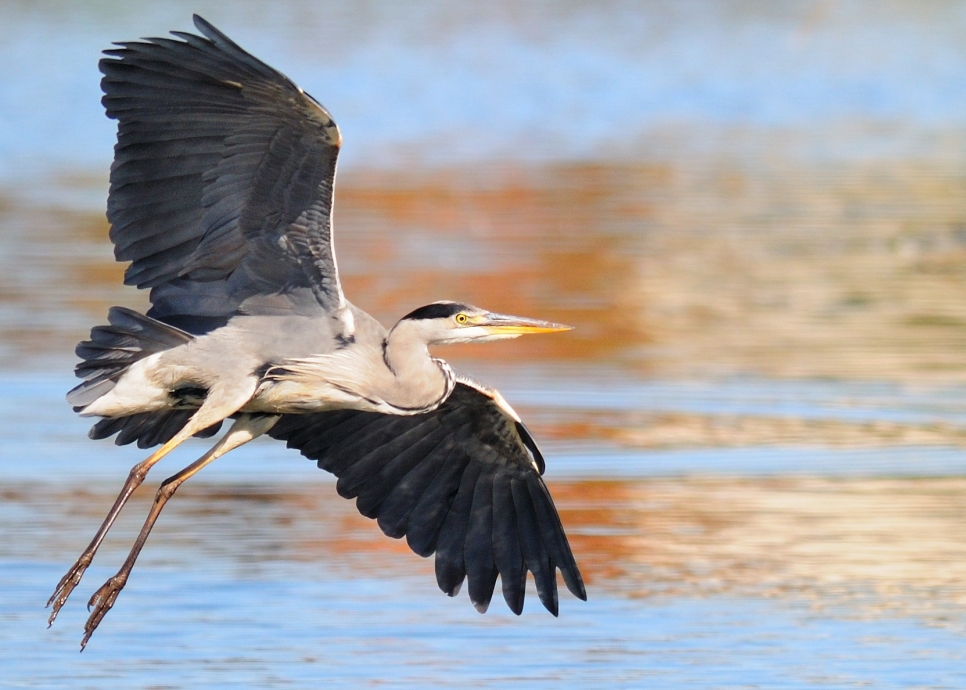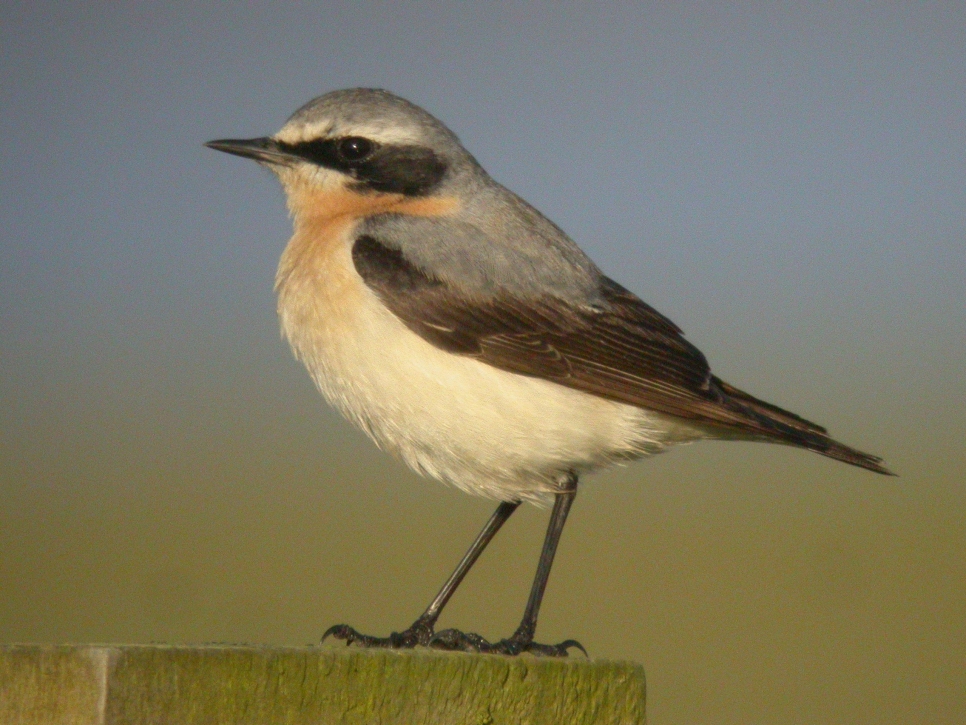Latest Sightings
The most exciting visitors of the weekend were two bewicks swans! They flew in on Sunday afternoon, landing on the ice for half an hour or so before flying North towards Windmill Animal Farm. The bewicks, nicknamed tundra swans, migrate to us from Siberia for the winter. We used to get far more bewick's swans at Martin Mere, but these two were only our 3rd and 4th visitors of the year. We think bewick numbers have dropped due to hunting, habitat loss, bird flu and short stopping. Short stopping is the phenomenon where birds fall short of their old migration destinations because warmer temperatures due to climate change mean they can winter in places where it used to be too cold.
Duck levels are high this week. In our Wetland Breeding Bird Survey we counted 802 mallard, 500 wigeon, 348 teal, 319 pintail, 301 shelduck, 67 gadwall, 31 tufted duck, 25 pochard, 2 shoveler and 3 goldeneye. The 2 resplendent male goldeneye were seen displaying to the one female in front of Raines hide on Sunday morning and have been there since.
There’s been some great bird of prey activity this week. 5+ marsh harriers at once is a common sight. A ringtail hen harrier was reported from Ron Barker on Sunday. A sparrowhawk was seen giving chase to a fieldfare in front of Ron Barker hide, and a male peregrine flew over Gordon Taylor at dusk.
The feeders at Janet Kear, Raines and Kingfisher have been bustling as the temperatures have dropped. Flocks of long tailed tits are loving the peanuts and reed buntings are now a common visitor. Joining them are the regulars: goldfinch, greenfinch, great tit and blue tit. 2 bullfinch were seen on the reedbed, and the sounds of water rail sharming and cetti's warbler song are familiar sounds there.
The magnificence of a great black-backed gull was plain to see above vinsions and sunleys on Sunday. The biggest gull in the world with a 1.6m wingspan, the great blacked backs were dwarfing the marsh harriers in the air. In our survey we counted 300 black-headed gulls, 2 herring gulls and a common gull.
There was a spike in waders this weekend. There were 14 black-tailed godwit on the mere and even more ruff. The lapwings have vacated Woodend Marsh because of the ice and there were 500 counted on the mere today. One snipe was spotted at Woodend Marsh today.
The sewage farm continues to be a big draw. The yellow-browed warbler and Siberian chiffchaffs are especially attractive, though it’s great to see the common chiffchaffs, gold crests and wrens feeding off the insects kept active through winter by the sewage farms heat. Another goldcrest was seen by one of our wardens feeding happily on a tree outside Raines.



